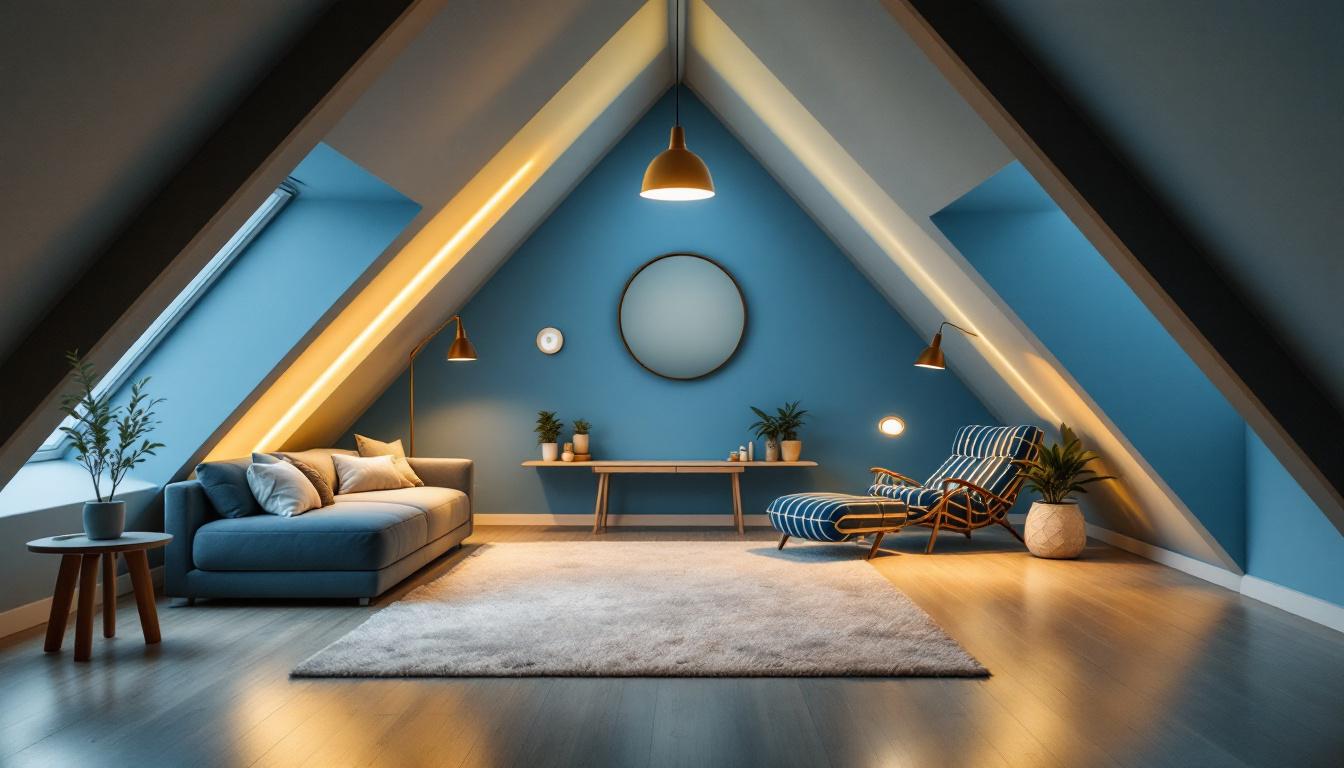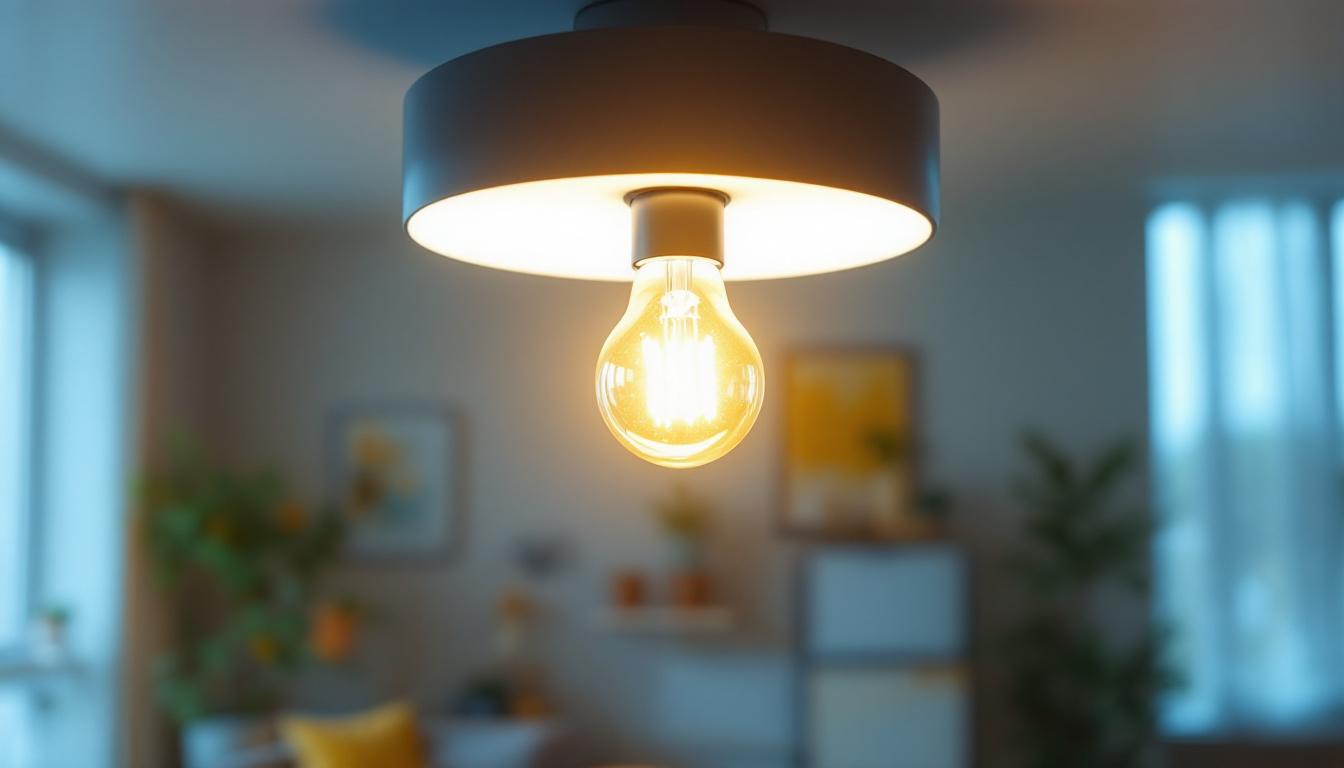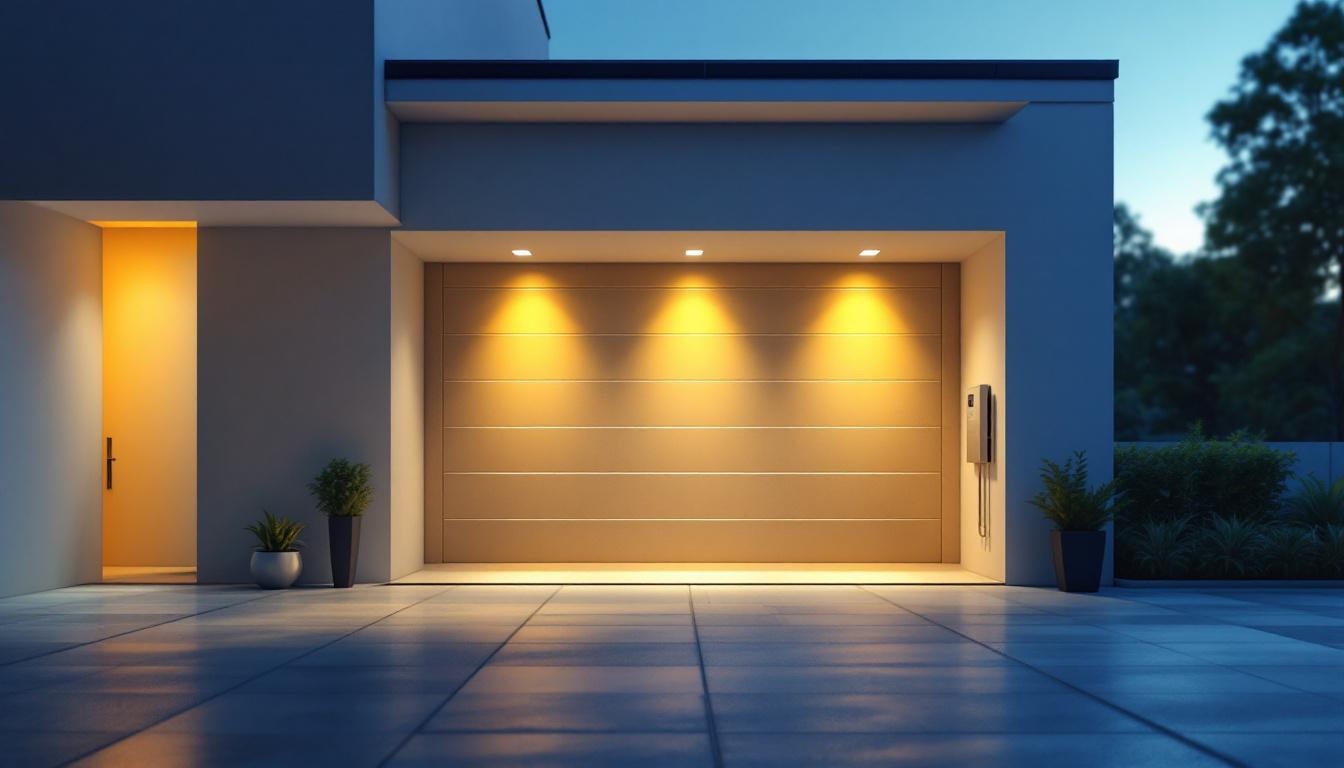
Attics often serve as underutilized spaces in homes, providing a unique opportunity for lighting professionals to enhance their functionality and aesthetic appeal. Proper lighting can transform an attic into a cozy retreat, a functional workspace, or even a storage area. This article presents an essential checklist for lighting professionals, packed with innovative ideas and practical tips for illuminating attics effectively.
Before diving into specific lighting ideas, it is crucial to understand the characteristics of attic spaces. Attics can vary significantly in terms of size, shape, and purpose. Some may be fully finished, while others remain raw and unconditioned. This diversity influences the choice of lighting solutions.
Additionally, attics often have sloped ceilings, low light levels, and limited access to natural light. These factors necessitate a thoughtful approach to lighting design. Understanding the unique attributes of each attic space will allow lighting professionals to tailor their solutions accordingly. For example, the angle of the roof can create shadows that may obscure certain areas, making it essential to strategically place fixtures for maximum illumination. Furthermore, the materials used in the attic, such as wood beams or drywall, can affect how light is reflected or absorbed, adding another layer of complexity to the design process.
Attics can serve various purposes, including storage, bedrooms, offices, or play areas. Each type of space requires a different lighting strategy. For instance, a finished attic bedroom may benefit from warm, ambient lighting to create a cozy atmosphere, while a storage attic might need brighter, more utilitarian lighting to facilitate organization.
Identifying the primary function of the attic will guide the selection of appropriate fixtures and lighting styles. Moreover, considering the occupants’ preferences and the overall design of the home is essential for a cohesive look. In a home office attic, for example, task lighting becomes paramount to ensure productivity, while accent lighting can highlight architectural features or artwork. Additionally, incorporating dimmable options allows for flexibility, enabling the space to transition from a bright working environment to a more relaxed setting for evening use. The interplay of different lighting types—ambient, task, and accent—can transform an attic from a neglected space into a functional and inviting part of the home.
When planning attic lighting, several key considerations must be taken into account. These factors will ensure that the chosen lighting solutions are both functional and aesthetically pleasing.
The height and angles of the ceiling in an attic can significantly impact lighting choices. Low ceilings may require flush mount or recessed lighting to avoid overwhelming the space, while higher ceilings can accommodate pendant lights or chandeliers that add visual interest.
Additionally, sloped ceilings present unique challenges. In such cases, adjustable fixtures or wall-mounted sconces can provide effective illumination while adapting to the ceiling’s angles. This flexibility allows for a more dynamic lighting design.
Natural light can dramatically affect the atmosphere of an attic. If there are windows or skylights, it is essential to consider how these features interact with artificial lighting. During the day, natural light can reduce the need for additional fixtures, but at night, a well-planned lighting scheme will ensure the space remains inviting.
Incorporating sheer curtains or shades can help diffuse natural light, creating a softer ambiance. Additionally, strategically placing mirrors can amplify natural light, making the space feel larger and more open.
In today’s environmentally conscious world, energy efficiency is a crucial consideration for lighting professionals. Opting for LED fixtures not only reduces energy consumption but also minimizes heat output, which is particularly important in attics that can become excessively warm.
Furthermore, utilizing smart lighting solutions, such as motion sensors or dimmers, can enhance energy efficiency. These technologies allow for better control over lighting levels, ensuring that lights are only used when necessary.
With a solid understanding of attic spaces and key considerations, it’s time to explore innovative lighting ideas that can elevate the functionality and appeal of attics.
Recessed lighting is an excellent choice for attics with low ceilings. These fixtures provide a clean, unobtrusive look while delivering ample illumination. They can be strategically placed to highlight specific areas, such as a reading nook or workspace.
Adjustable recessed lights can also be used to create layered lighting effects, allowing for a more dynamic atmosphere. This flexibility makes them ideal for multifunctional spaces where different activities may require varying levels of light.
Wall sconces are a versatile option for attics, particularly in areas with sloped ceilings. They can be mounted at various heights, providing ambient or task lighting without taking up valuable floor space. Sconces come in various styles, from modern to vintage, allowing for customization to match the overall design of the attic.
Consider using dimmable sconces to create a cozy atmosphere for relaxation or brighter settings for activities like reading or working. This adaptability enhances the functionality of the space.
Track lighting offers flexibility and adjustability, making it a popular choice for attics. This type of lighting allows for the positioning of multiple fixtures along a single track, enabling targeted illumination where it is needed most.
Track lighting can be particularly useful in areas where the layout may change, such as playrooms or craft spaces. By repositioning the fixtures, lighting professionals can adapt the space to suit different activities or moods.
Layering light is a fundamental principle in lighting design that enhances the overall ambiance of a space. In attics, combining different types of lighting can create a well-balanced and inviting environment.
Ambient lighting serves as the foundation of any lighting scheme. It provides general illumination and ensures that the space is adequately lit. In attics, this can be achieved through recessed lights, flush mounts, or ceiling fixtures.
Choosing fixtures with adjustable brightness can further enhance the versatility of ambient lighting. This allows for a soft glow during relaxation or brighter light for activities requiring focus.
Task lighting is essential for specific activities, such as reading, working, or crafting. Incorporating desk lamps, pendant lights, or adjustable wall fixtures can provide the necessary illumination for these tasks.
When selecting task lighting, consider the height and positioning of the fixtures to avoid shadows and glare. This attention to detail will ensure that the lighting is both functional and comfortable for users.
Accent lighting adds visual interest and highlights architectural features or decorative elements within the attic. This can include wall-mounted picture lights, LED strip lighting along shelves, or even spotlights directed at artwork.
Accent lighting not only enhances the aesthetic appeal but also creates depth and dimension in the space. It can be particularly effective in showcasing unique design elements or personal collections.
When working in attics, safety and compliance with building codes are paramount. Lighting professionals must adhere to regulations to ensure the safety of the occupants and the integrity of the structure.
Before installing any lighting fixtures, it is crucial to assess the electrical capacity of the attic. Many older homes may have outdated wiring that cannot support modern lighting loads. Consulting with a licensed electrician can help determine if upgrades are necessary.
Additionally, ensuring that all fixtures are properly rated for use in attics, especially in areas with limited ventilation, is vital. Choosing fixtures designed for high temperatures will minimize the risk of fire hazards.
Attics must comply with local building codes regarding accessibility and egress. This includes ensuring that there are adequate exits in case of emergencies. Lighting professionals should take this into consideration when planning the layout of fixtures.
Incorporating emergency lighting or battery-operated lights can enhance safety in case of power outages. This proactive approach ensures that the attic remains a safe and functional space.
Once the essential lighting has been installed, adding personal touches can elevate the attic’s overall appeal. Personalization allows occupants to create a space that reflects their style and preferences.
Choosing decorative light fixtures can serve as focal points within the attic. A statement chandelier or unique pendant light can add character and charm to the space. These fixtures can also complement the overall design theme of the home.
Consider the scale and proportion of the decorative elements to ensure they harmonize with the attic’s dimensions. This attention to detail will enhance the overall aesthetic without overwhelming the space.
Integrating smart lighting solutions can provide added convenience and customization. Smart bulbs and systems allow for remote control via smartphones or voice commands, enabling users to adjust lighting levels and colors with ease.
Setting up schedules or scenes can enhance the functionality of the attic, creating the perfect ambiance for different activities. This modern approach to lighting can significantly improve the user experience.
Attic lighting presents a unique opportunity for lighting professionals to create functional and inviting spaces. By understanding the characteristics of attics, considering key lighting factors, and exploring innovative ideas, professionals can transform these often-overlooked areas into beautifully illuminated retreats.
From layering different types of lighting to ensuring safety and compliance, this essential checklist serves as a guide for lighting professionals. With careful planning and creativity, attics can be transformed into versatile spaces that enhance the overall appeal of any home.
Ready to elevate your attic lighting projects with the finest selection of spec-grade lighting products? Look no further than LumenWholesale, where we provide lighting professionals like you with superior quality at wholesale prices that can’t be beaten. Our commitment to excellence ensures that every fixture you purchase meets the highest industry standards for reliability and performance. Plus, with the convenience of free shipping on bulk orders, you can stock up on premium lighting solutions without worrying about hidden fees. Transform your attic spaces into beautifully lit retreats while enjoying the best value in lighting. Wholesale Lighting at the Best Value is just a click away.

Discover how canned light bulbs boost energy efficiency, reduce costs by up to 30%, and enhance lighting quality. Learn expert insights and save energy today!.

Discover the transformative power of energy-efficient interior garage light fixtures.

Discover what distinguishes leading lighting contractors in the realm of UV sanitizing technology.

Discover expert tips on garage solar lighting to maximize efficiency, reduce energy costs by up to 70%, and enhance safety.